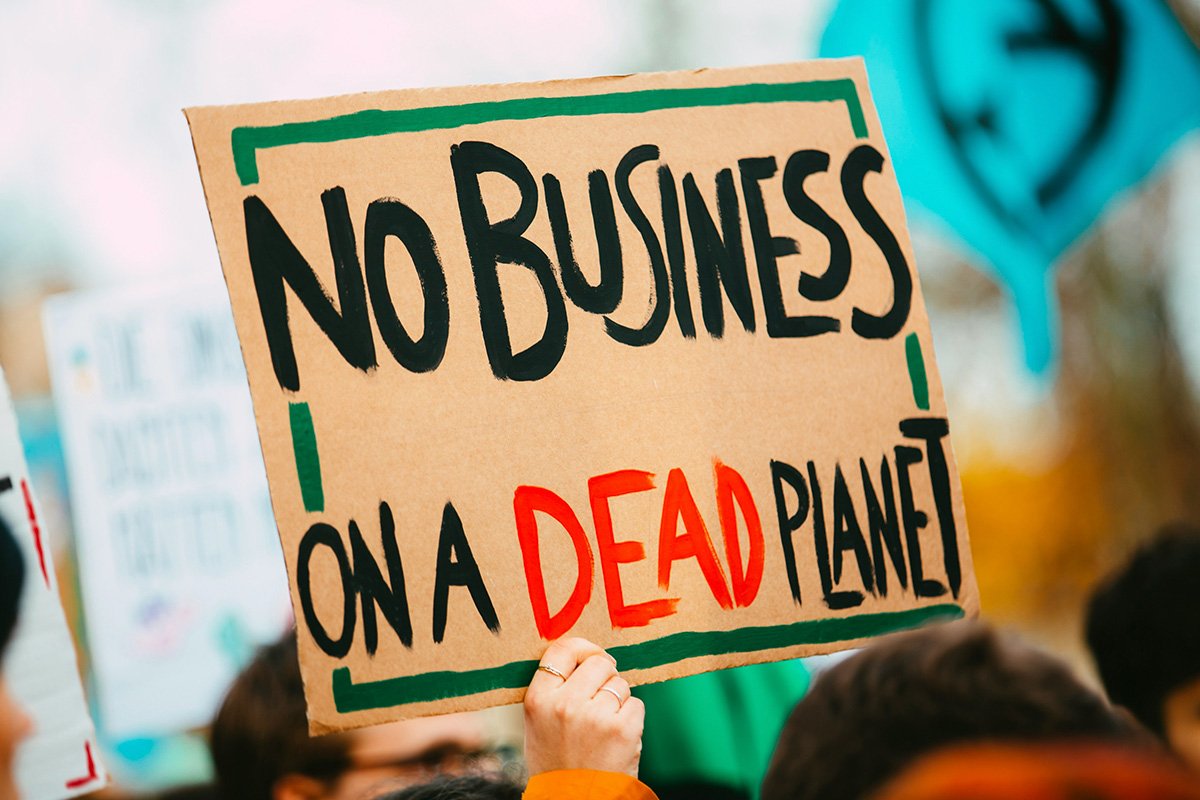June 8, 2013; Wisconsin State Journal
This article should have gotten more current coverage and discussion in the nonprofit sector than it has, and we at the Nonprofit Quarterly are as culpable as anyone for overlooking it. If the reporting of Karen Rivedal in the Wisconsin State Journal is correct, one of the impacts of the sequester is a cut in the tax credit for small nonprofit employers of relatively few wage workers as an incentive for providing healthcare insurance coverage for their employees.
Given the across-the-board application of the sequester, we had anticipated and reported on this in the NPQ Newswire, noting already that for-profit businesses get a more generous tax credit than nonprofit employers. But according to Rivedal, it isn’t quite a proportionate cut at all. She reports that for nonprofits, whose maximum tax credit from 2010 through this year was 25 percent of what they paid in premiums, the sequester, at least for this year trims the payment to tax exempts from 25 percent to 16.3 percent.
Sign up for our free newsletters
Subscribe to NPQ's newsletters to have our top stories delivered directly to your inbox.
By signing up, you agree to our privacy policy and terms of use, and to receive messages from NPQ and our partners.
Everyone taking their fair share of the sequester’s meat-ax, right? Wrong. Rivedal says that the “for-profit employers still get the full credit.” Nonprofits absorb the sequester’s cut; for-profits get spared. How’s that for fairness?
That’s for this year. For 2014, the maximum tax credit for small for-profit employers is slated to rise to 50 percent, and for tax-exempt employers, 35 percent. Will the second year of sequestration again be structured so that for-profit employers get their full benefit and nonprofits once again get slapped? Remember that when the tax credit was originally conceived for small employers, nonprofits were completely left out of the picture. Nonprofits had to lobby through the National Council of Nonprofits, among others, to get the Obama administration to remember that nonprofits are also employers, most of them small and paying relatively modest wages, and as hard-pressed to afford the employer’s share of health insurance as any other small businesses. Nonprofit Quarterly covered this issue extensively, partially out of shock that the administration seemed so stunned to discover that nonprofits didn’t function purely on volunteer energies or charitable goodwill.
Is the nonprofit sector aware, if Rivedal is correct, that small tax-exempt employers are getting a shorter end of the stick in the sequester in terms of assistance with health insurance coverage than for-profit employers? The sequester seems to simply increase its disproportionate unfairness to nonprofit employers. This deserves a loud protest from nonprofits, both on the merits of this specific issue, and on what it says about how the current presidential administration views nonprofits in general.—Rick Cohen











